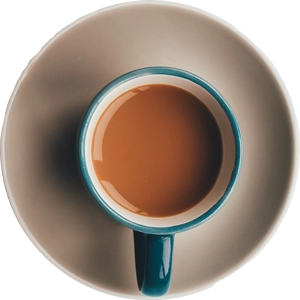Blog

GLOBAL PHONING GROUP
Martisor – a beautiful tradition in Moldova and Romania
by GPG
|
Mar 01,2019
Every spring on March 1 people in Moldova, along with their neighbors in Romania and elsewhere where Romanians live, celebrate Mărțișor (Romanian pronunciation: [mərt͡siˈʃor]. They celebrate the rebirth of life after the hard winter. On this day men offer to their beloved women flowers and martisors (the symbol of serenity and happiness).
The tradition’s origins go back to Dacian times (Romanians’ ancestors). It was previously called “dachia dragobete” – the end of winter. The pin-charm could only be made during the winter months and worn after March 1st. In earlier times, the Dacians would hang little coins from a thin, twisted black and white wool rope. The coin type – gold, silver, or metal – dictated the individuals social status or wealth. The coin charms were originally used to provide both luck for the future and protection from the environment to the wearer. The ropes stood for the advent of summer, warmth, and regeneration (white), while intertwined with the constant presence of winter, cold, and death (black). The amulets were also believed to enhance fertility, provide beauty and prevent sunburn in women! Young girls even threw the amulets toward the sun to prevent freckles! They were worn on the wrist or pinned over the heart. Many wore the pins until trees began to bloom, hanging the amulets in the tree branches after that point.
In modern times, the pins lost their talisman properties and became symbols of love. The black ropes were replaced with red, possibly influenced by the Valentine practice of the western world. The delicate wool ropes are still a “cottage industry” among the country people today. They still comb out the wool, dye the floss, and twist it into thousands of tassels. In certain areas the amulets are still made with black and white ropes – for warding off evil!
There are a few legends that explain this ancient beautiful tradition.
One of the old Romanian legend says that once in a fight with the winter witch, that didn’t want to give up its place, the beautiful lady Spring cut her finger and few drops of her blood fall on the snow, which melt. Soon on this place grew a snowdrop and in such a way the spring won the winter.
Another legend tells that there was a time when the Sun used to take the shape of a young man and descend on Earth to dance among folk people. Now a dragon found out about this and followed the Sun on Earth, captured him and confined him in a dungeon in his castle. Suddenly the birds stopped singing and the children could not laugh anymore but no one dared to confront the dragon. One day a brave young man set out to find the dungeon and free the Sun. Many people joined in and gave him strength and courage to challenge the mighty dragon. The journey lasted three seasons: summer, autumn and winter. At the end of the third season the brave young man could finally reach the castle of the dragon where the Sun was imprisoned. The fight lasted several days until the dragon was defeated. Weakened by his wounds the brave young man however managed to set the Sun free to the joy of those who believed in him. Nature was alive again, people got back their smile but the brave young man could not make it through spring. His warm blood was draining from his wounds in the snow. With the snow melting, white flowers, called snowdrops, harbingers of spring, sprouted from the thawing soil. When the last drop of the brave young man’s blood fell on the pure white snow he died with pride that his life served a noble purpose. Since then people braid two tassels: one white and one red. Every March 1 men offer this amulet called Martisor to the women they love. The red color symbolizes love for all that is beautiful and also the blood of the brave young man, while white represents purity, good health and the snowdrop, the first flower of spring.
Literally Martisor means little March: a small trinket pinned on the lapel by which winter is parted and spring is welcomed.
Since 1967, the Martisor musical festival is held from March 1st to 10th in Chisinau, the Republic of Moldova’s capital. Members of amateur art groups and professional performers from other countries are invited to take part in the festival.
Source: https://www.moldova.org/en/the-martisor-holiday-in-moldova-started-33541-eng/
